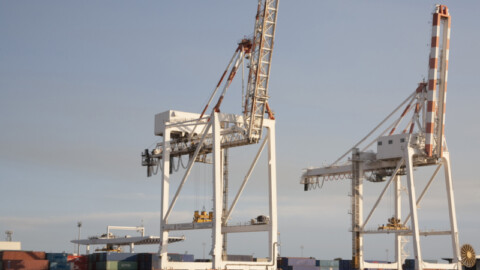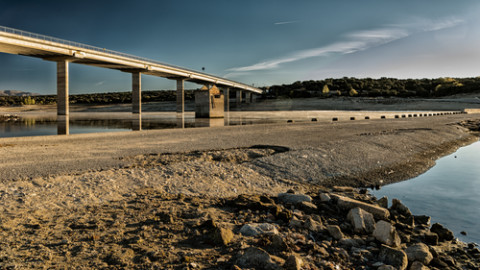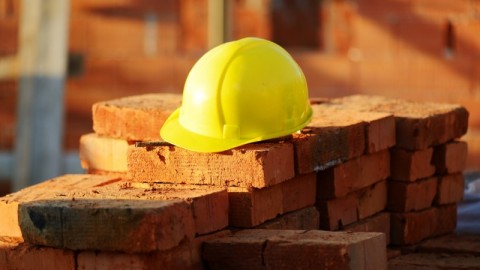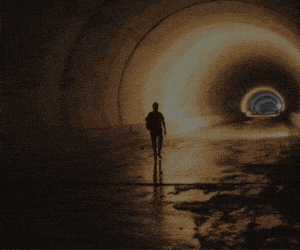The Queensland Government has invested almost $16 million to rebuild infrastructure across the state’s north and north-west that was damaged by the 2019 monsoons.
This latest tranche of funding will support 46 resilience projects.
This funding follows more than $93 million already approved through a Federal and Queensland Government partnership to build stronger, more resilient infrastructure in regional Queensland.
Approved betterment projects
Barcoo Shire Council
Upgrade existing floodway and build new floodway on Jundah-Winton Road, $368,000
Burdekin Shire Council
Install bitumen seal, pipes and rock protection along Coach Road, $222,000
Cairns Regional Council
Replace existing pipe culverts on Goldsborough Road with larger pipes, $698,000
Cassowary Coast Regional Council
Stabilise and seal sections of multiple roads and install new floodway, $234,000
Cook Shire Council
Construct concrete floodways and causeways, and seal roads to reduce erosion, $990,000
Croydon Shire Council
Install gravel, stabilise pavement, install bitumen seal and upgrade culverts on Coralie Road, $1,203,000
Hinchinbrook Shire Council
Install pavement on the Menzies Street creek crossing, $76,000
Kowanyama Aboriginal Shire Council
Construct multiple concrete causeways on Pormpuraaw Road, $319,000
Lockhart River Aboriginal Shire Council
Extend a concrete causeway and stabilise sections of Portland Road, $1,307,000
Longreach Regional Council
Stabilise a section of Stonehenge River Road and construct concrete causeways on Silsoe and Tocal Roads, $184,000
McKinlay Shire Council
Gravel and seal a 25 km section of Gilliat McKinlay Road, $2.2 million
Townsville City Council
Improve drainage on Apjohn and Echlin Streets, $1,531,000
Whitsunday Regional Council
Reshape table drains on Emu Plains, Exmoor and Rutherford Roads, $147,000
Winton Shire Council
Realign sections of Diamantina River Road and expand the Whyrallah Floodway, $2,468,000
Yarrabah Aboriginal Shire Council
Construct concrete margins and a concrete floodway on Buddabadoo Road, $92,000
Approved recreational asset projects
Department of Environment and Science
Repair walking tracks in Conway National Park and access roads to Clement Eastern Beach, $464,000
Richmond Shire Council
Reinstate and clean-out drainage within Lake Fred Recreational Area, $93,000
Townsville City Council
Repair Aplins and Black Weirs, assorted park upgrades, $530,000
Approved water and sewerage projects
Carpentaria Shire Council
Repair scouring damage to Glenore Weir wall, $66,000
Douglas Shire Council
Remove and replace the cyclone fence at Mossman Wastewater Treatment Plant, $15,000
Townsville City Council
Replace the pipeline crossing Ross River, upgrade switchboards, valves and generators at various water and waste facilities, repair access road to the Kulburn Water Storage site, $2,686,000
These projects are being delivered through the $242 million exceptional circumstances package jointly funded by the Commonwealth and Queensland Governments under the Disaster Recovery Funding Arrangements (DRFA).
Delivery of these projects will be rolled out until June 2021.
Managing a health crisis alongside natural disasters
Federal Minister for Emergency Management, David Littleproud, said construction works would begin in the coming weeks, with the goal of having all projects delivered within 12 months.
“When it comes to Queensland, a severe weather event is never far in the distance,” Mr Littleproud said.
“So while our response to the COVID-19 pandemic is ongoing, we continue to invest in the roads, floodways, drainage and barriers needed to keep communities safe, and withstand potentially devastating impacts of natural disasters.
“Almost $16 million will be shared between 18 councils and one state agency to rebuild community infrastructure stronger than before.
“No matter where Queenslanders live, they should have confidence they’re well protected from what Mother Nature can throw our way.”
Queensland Treasurer and Minister for Infrastructure and Planning, Cameron Dick, said investing now would reduce disaster recovery costs in the future.
“COVID doesn’t change the fact we’re the most at-risk state in Australia when it comes to natural disasters,” Mr Dick said.
“In the past 12 months our state has faced bushfires, cyclones, floods and a pandemic. We’re a tough bunch, but we need our infrastructure to be just as resilient.
“Our government is committed to helping Queensland unite and recover, and infrastructure investment and job creation is crucial to that.
“Through the Queensland Reconstruction Authority we will keep working with councils and state agencies to ensure Queenslanders are best protected against disasters in the years ahead.”
















